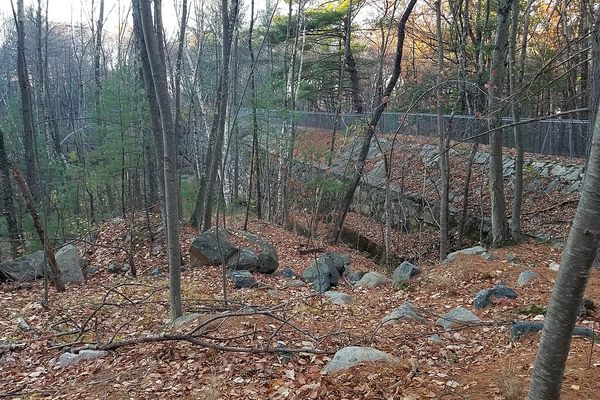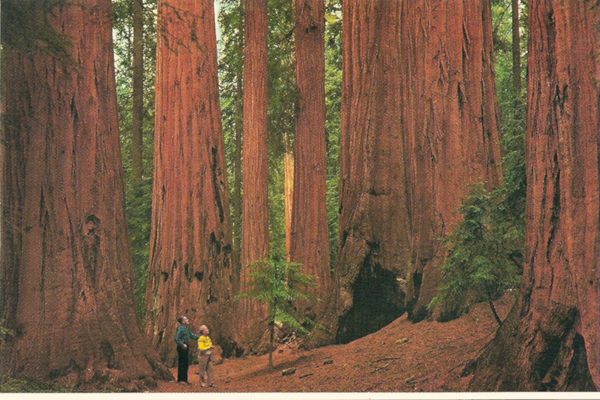What Do Reservoirs Reveal When They Dry Up?

Lake Powell drying up. (Image: NASA Earth Observatory/Dylan Thuras)
Lake Mead is shrinking. The Great Salt Lake is shrinking. The Salton Sea is shrinking.
Not just in the American West, but in Africa, Asia, and the sub-Arctic reaches of the globe, lakes are disappearing. There’s not just one reason: it’s a combination of agricultural overuse, drought, and climate change. The current, terrible drought in the American West could be just a hint of what’s coming. In the next century, scientists have predicted that a megadrought will desiccate America’s center and southwest, putting even more stress on freshwater lakes, particularly the reservoirs that were man-made to begin with.
And when these disappear, they reveal the secrets that had been hidden beneath the surface—now-useless infrastructure, once lively settlements, and, if they dry all the way, fine-grained and often alkaline dust that’s picked up by the wind and blown across the surrounding area.
 Salton Sea (Photo: Chris Wronski/flickr)
Salton Sea (Photo: Chris Wronski/flickr)
Although Lake Mead, Lake Powell, and other reservoirs across the West are used recreationally for fishing and boating, ultimately, they exist to supply water to cities that otherwise could not exist. As water levels drop, the infrastructure that serves that function is struggling. In Lake Mead, for instance, the water supply is shrinking so dramatically that that lake’s level could dip below the intake pipes that siphon water from the lake to the Las Vegas Valley. As the Las Vegas Review Journal reports, the water authority that oversees the reservoir is getting ready to open the gate to a new intake tunnel—started 7 years ago, as a hedge against drought—that will keep water flowing to Nevada’s desert cities.
Shrinking lakes have also revealed less life-critical wonders that humans left in the valleys flooded by rivers. As Lake Mead has receded, the foundations of St. Thomas, NV, emerged from beneath the water. In California, Texas, Utah and Oklahoma, too, long-abandoned towns have re-appeared. In Oklahoma City, Lake Hefner shrunk to half its capacity, so that a family could walk the foundations of a homestead not farmed since the Great Depression. In Texas, in 2011, the height of the drought there, Lake Meredith released a plane that had been lost in water since 1984, and Lake Buchanan coughed up the remains of a town called Bluffton. One cruise company made the best of the situation and offered a tour.
In Utah, the remains of a prehistoric site that settlers called Fort Moki is re-explored whenever Lake Powell gets low enough. In California, Lake Don Pedro gives up a gold mine; Lake Berryessa reveals a town called Monticello; a lower Lake Isabella exposes the town of Kernville; and Folsom Lake uncovers a settlement once called Mormon Island.
Usually, these ruins end up back below the surface of the lake when the worst of the drought passes. But sometimes lakes dry up altogether, whether because they’re man-made lakes that are drained on purpose or because people have mismanaged them so badly that they shrink into nothing.
In those cases, what’s revealed is the dry and dusty lake-bed—which can be a problem in its own right. If the Salton Sea dries up, for instance, the amount of dust that the wind blows up from the basin could increase by a third, the Pacific Institute reports. Dust might sound innocuous, but it can increase asthma rates, even if it’s benign. Around California’s Owens Lake, which was purposely drained in the early 20th century, locals have a named for the dust that blankets the area—“Keeler fog,” after a town that borders the lake.

Owens Lake (Image: NASA Earth Observatory)
Ultimately, though, the most troubling secret that these shrinking lakes reveal is not infrastructure or abandoned towns or a dusty lake beds. It’s that people are not doing very well at managing the water resources that keep us alive. There are only so many times that it’s possible to add a new intake pipe to a reservoir. Eventually, the water could simply be gone—there could be nothing left to siphon.















Follow us on Twitter to get the latest on the world's hidden wonders.
Like us on Facebook to get the latest on the world's hidden wonders.
Follow us on Twitter Like us on Facebook